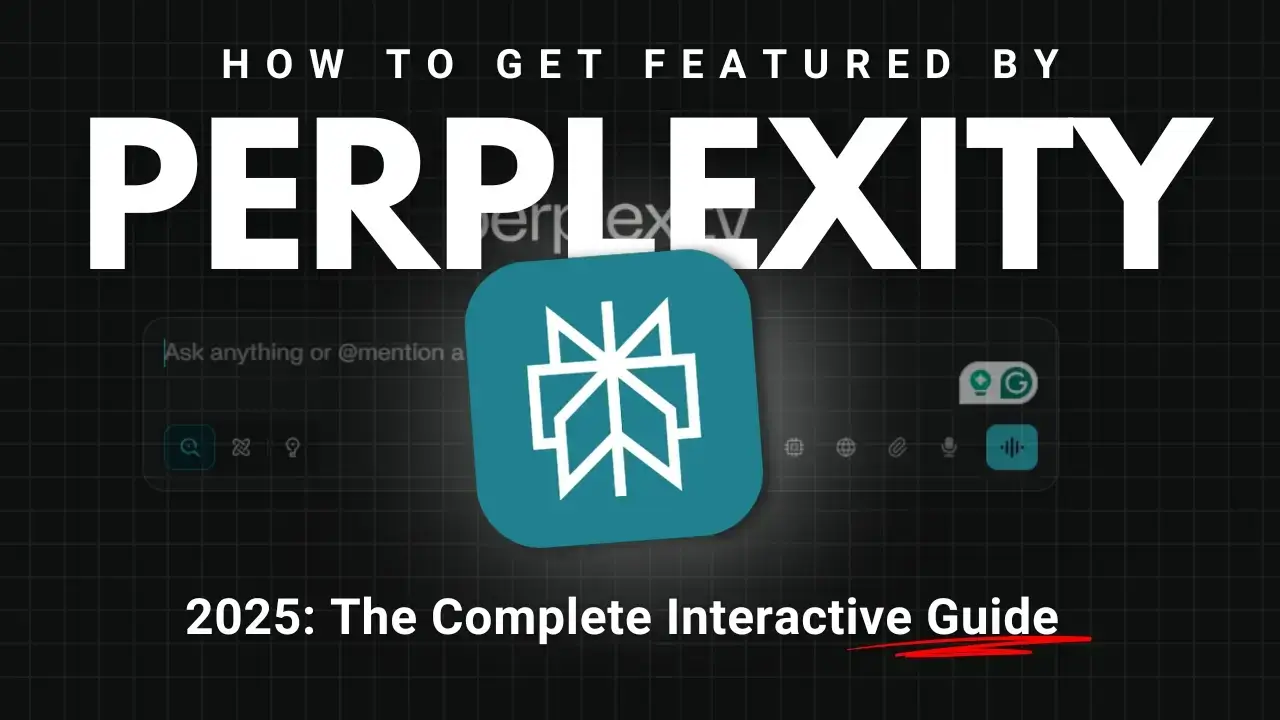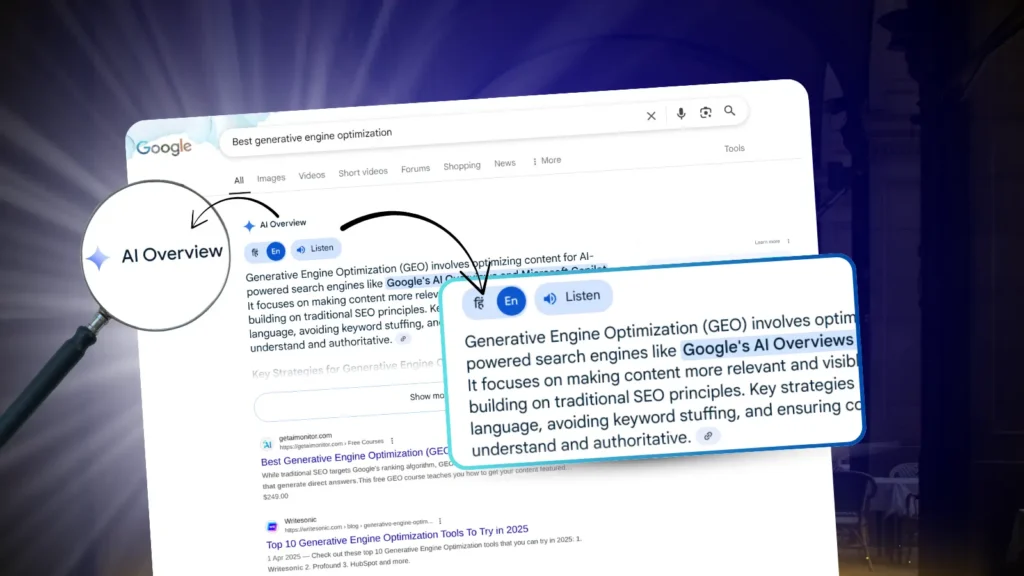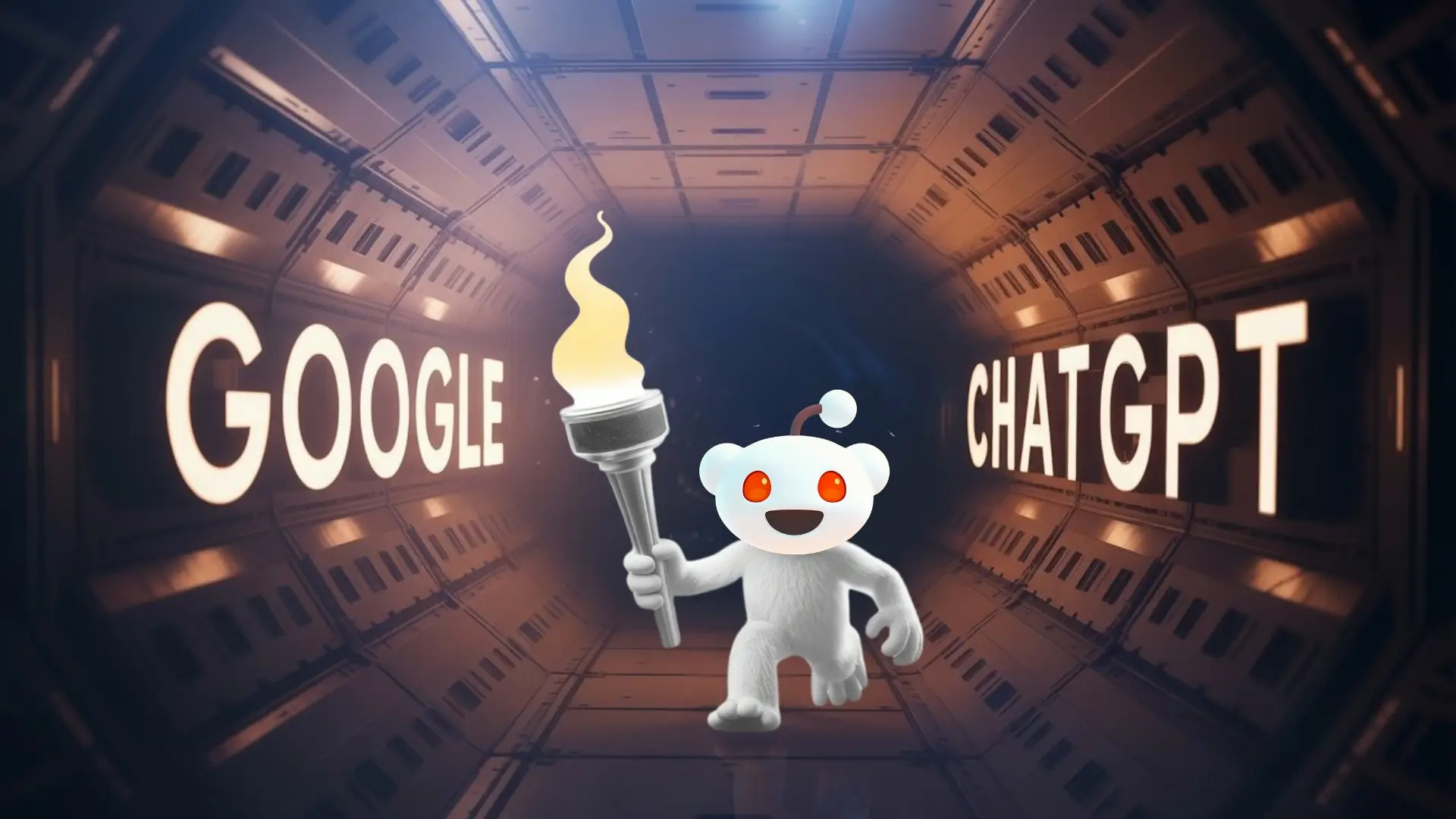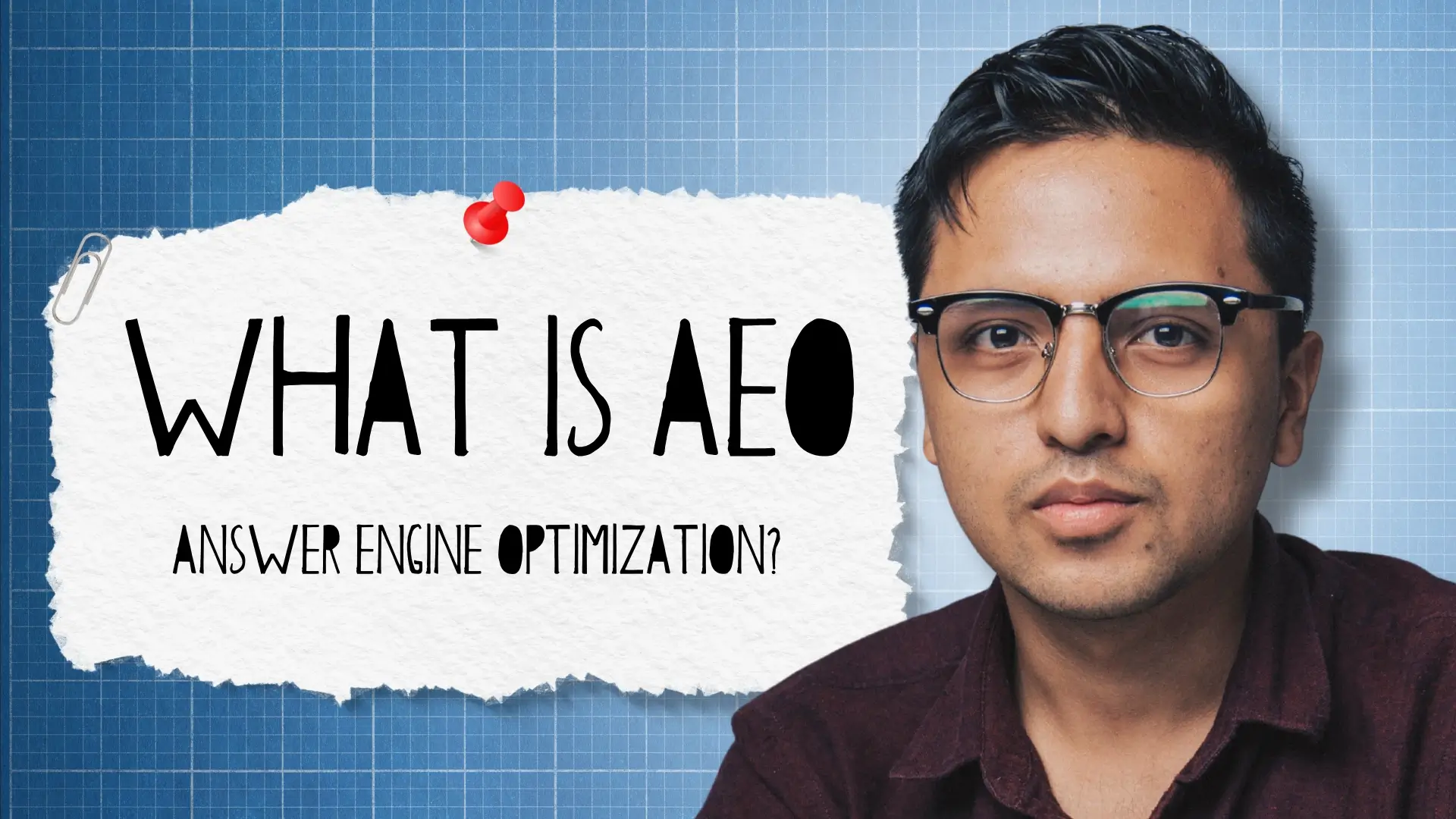Introduction: When Machines Get Creative
Imagine a world where machines don’t just follow instructions but create, think, and adapt. Sounds like sci-fi? Welcome to the era of Generative AI and Large Language Models (LLMs), two game-changing technologies reshaping everything from art to customer service.
In this blog, we are going to explain to you which one is better in the LLMs vs Generative AI debate based on the scenarios and your use cases.
But here’s where it gets interesting: while they’re often lumped together, Large Language Model vs Generative AI isn’t a fair fight—they’re built for different battles.
Generative AI paints, composes, and designs (think DALL·E’s surreal images or AI-generated music).
LLMs like ChatGPT specialize in word—writing, translating, and chatting like a human.
Ready to pick your AI sidekick? Let’s dive in – no PhD required.
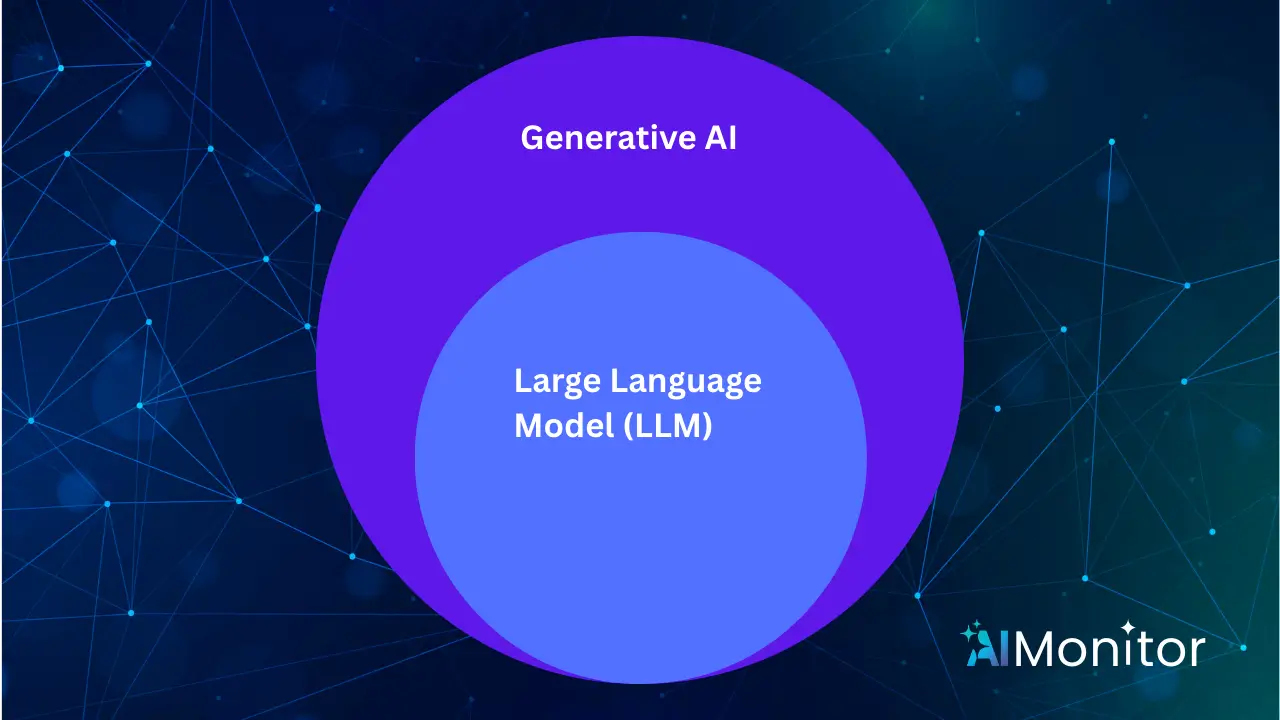
What is Generative AI?
As the term suggests, Generative AI is a branch of artificial intelligence systems that is capable of producing new pieces of work, from scratch, to be more specific: images, text, codes, music and even videos. What divides this type of AI from other forms is how these models go beyond simply working with data; they provide zestful outcomes based on the analysis done from a wide array of data.
How It Works (Without the Boring Textbook Stuff)
Generative AI models are powered by cutting-edge technologies like GANs (Generative Adversarial Networks), VAEs (Variational Autoencoders), and Transformers. These tools allow AI systems to “imagine” new content after analyzing vast amounts of data.
For instance, GANs work by using two networks that play a game against each other—one generates data, and the other evaluates it, gradually improving the quality of the generated output. Similarly, VAEs and Transformers help refine how these models create new content, making them incredibly versatile.
Generative AI isn’t limited to text—it spans across modalities like images, videos, and even audio, depending on how it is trained.
Generative AI Tools That’ll Blow Your Mind
Some popular examples of generative AI tools include:
- GPT-4o: A state-of-the-art model from OpenAI, known for its high-quality text generation.
- Midjourney: It is particularly well-suited for generating art, illustrations, and other visually rich content, and is known for visually appealing images.
- Runway: A video creation tool powered by generative AI that assists in editing and generating dynamic visuals.
- Cursor – The AI Code Editor: An AI-powered IDE integrating advanced artificial intelligence features directly into the coding environment.
What Are Large Language Models (LLMs)?
Large Language Models (LLMs) are a subset of generative AI designed to process and generate human-like text. Some new and advance models can process and generate other types of content, such as code or structured data. These models, built on deep learning and transformer architectures, analyze vast amounts of data to understand context, predict sequences, and generate coherent, contextually relevant outputs.
How LLMs Work
LLMs primarily rely on Transformer architecture, which allows them to understand the relationships between words and concepts by using a mechanism called self-attention. This architecture enables LLMs to process input text as a whole, rather than word by word.
Unlike general generative AI models, LLMs are specifically trained on vast amounts of text data—think books, websites, and other written content. This training makes them exceptional at tasks such as translation, summarization, and chatbot-like interactions.
LLM Hall of Fame
Well-known LLMs include:
- GPT-4: A powerful text-based model developed by OpenAI, which can handle complex tasks like writing essays, code generation, and more.
- Claude: A conversational AI model by Anthropic, designed to engage in natural language conversations, provide information, and generate various text formats.
- Gemini: A multimodal large language models developed by Google DeepMind aimed at improving dialogue systems.
- ChatGPT: Perhaps the most recognizable LLM, capable of answering questions, writing essays, and having in-depth conversations. ChatGPT is both a generative AI and a large language model (LLM).
Market Snapshot
- The market size in the Generative AI market is projected to reach US$66.89bn in 2025. The market size is expected to show an annual growth rate (CAGR 2025-2031) of 36.99%.
Generative AI vs LLM: Key Differences
Both, Generative AI and LLMs are parts of the faster growing Artificial Intelligence field, but are different in what they offer and have adpoted. A Generative AI is constituted of multiple tools AI equipped to generate content in the form of text to images and even videos, whereas LLMs are trained to specifically work with and produce text based content. The main differences arise out of areas of difference in training data, what the system can do and what it is primarily used for, which will be discussed in the following sections.
| Feature | Generative AI | Large Language Models (LLMs) |
|---|---|---|
Content Type | Creates text, images, videos, and code | Primarily creates text |
Training Data | Multimodal (text, images, video, etc.) | Text-only datasets |
Applications | Image generation, music, and video | Text generation, chatbots, translation |
Core Technology | GANs, VAEs, Transformers | Transformer architecture |
While LLMs are a crucial part of generative AI, their capabilities are specifically focused on language and text. Other forms of generative AI expand into visual and auditory domains, creating new challenges and opportunities.
When to Use Generative AI vs LLMs (No BS Advice)
Pick Generative AI If… Creating new content? Go for Generative AI. For instance, it can produce captivating images, videos, or even compose music. This is particularly useful in the entertainment, marketing, and design industries. If you need an eye-catching artistic video ad for your campaign, you can use DALL-E or Runway and literally rest.
Pick LLMs if… the content is text-based. LLMs are great at chatbots, translations, and content generation. For anything that needs to be in a written form, be it articles, codes, or even customer interactions, LLMs like GPT-4 and ChatGPT will excel in delivering high-quality written pieces.
Case Study: How Netflix Uses Generative AI and LLMs
Netflix utilizes both generative AI and LLMs to enhance its user experience. For example, generative AI is used to create personalized thumbnail images for shows based on what will most likely appeal to a user. On the other hand, LLMs are used to recommend shows and movies by analyzing user preferences and past viewing habits.
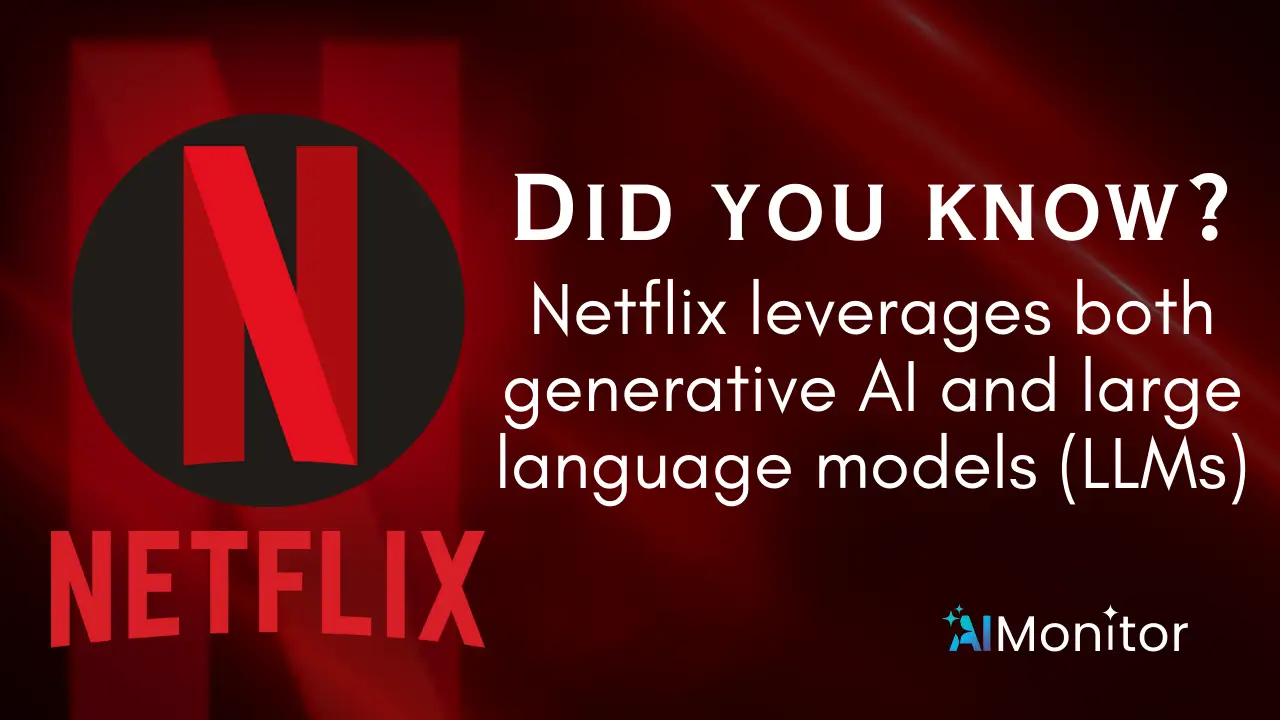
Challenges and Limitations: The Dark Side: AI Fails You Can’t Unsee
Generative AI Limitations
We cannot deny that generative AI has transformed creative fields, but it also comes with its challenges. The most prominent one out of all is the creation of deepfakes; realistic-looking fake images or videos which can be used in dangerous ways. Copyright issues are also a limitation, especially with the lawsuits that are happening with AI content and its creators. Furthermore, there is a problem with AI models that produce inappropriate or harmful content. These issues are the growing challenge in the AI development world today.
Risk Involved:
- The risk of generating fake or misleading content like deepfakes can lead to misinformation, causing significant harm in industries like journalism, politics, and entertainment.
- Copyright issues arise when AI models create content that is too similar to copyrighted works, leading to lawsuits or intellectual property disputes.
Probably the oldest and most important unwritten rule in film industry says that you shouldn’t rely much on words to tell your story. In fact, you should rely on them as less as possible is simply the way most brands will decide to go in 2016 & beyond, as they try to tell their story to their customers.
Mitigation Tips:
- Watermark AI-generated images: Adding visible or invisible watermarks can ensure that creators and users can identify AI-generated content, helping reduce misuse.
- Stay informed on copyright laws related to AI creations and ensure compliance to avoid legal issues.
LLM Limitations
Like everything else, LLMs also have their drawbacks. One of the most prominently noticed issues is hallucinations, which are instances where an incorrect output or nonsense is produced. There’s also bias, where models like ChatGPT tend to give answers based on outdated and incorrect information. In addition to this, standard LLMs have issues with understanding context, which can be especially bad in layered or complicated subjects.
Risk Involved:
- Hallucinations can lead to spreading false information, which is particularly dangerous when LLMs are used in sensitive areas like healthcare or legal advice.
- Bias in LLMs may perpetuate harmful stereotypes or produce discriminatory content.
Mitigation Tips:
- Fine-tune LLMs with domain-specific data to improve accuracy and reduce hallucinations.
- Incorporate ethical AI practices to minimize bias and ensure fairness, such as using diverse datasets and conducting regular audits.
Future Trends: AI Predictions That’ll Make Your Head Spin

The future of Generative AI and LLMs looks incredibly promising. Here are some trends to watch for:
- Multimodal Models: AI systems will combine text, images, video, and even audio, making them more versatile and capable of handling a broader range of tasks.
- Ethical AI: As concerns about bias and privacy grow, there will be increased efforts to create AI models that are more transparent, fair, and ethical.
- Custom AI Models: Expect to see moreindustry-specific AI models tailored to specific needs in sectors like healthcare, finance, and law.

Conclusion
Let’s cut through the jargon. Generative AI and LLMs are like the Batman and Robin of the AI universe—except they don’t always work together, and honestly? They’re kinda rivals.
Generative AI = The Mad Artist
This is your go-to for unhinged creativity. Need a TikTok dance that goes viral? A logo that looks like a unicorn ate a rainbow? A song that blends Beyoncé with banjo? Generative AI’s got your back. Tools like DALL-E and Runway don’t just make content—they invent it. Think of it as that friend who shows up to brunch with glitter in their hair and a PowerPoint for their next “disruptive art project.”
LLMs = The Smooth-Talking Word Wizards
These are your textual ninjas. Want to automate 500 DMs that don’t sound like a robot wrote them? Need a blog post that’s 80% done before your coffee cools? LLMs like ChatGPT and Claude will churn out words smoother than a politician’s apology tweet. They’re the overachieving interns who actually read the 300-page manual (and then summarize it in a haiku).
But Wait—Ethics, Though
Gen AI’s dark side? Deepfakes of your CEO twerking. LLMs? Hallucinating facts like “the Eiffel Tower is in Texas.” Stay sharp: watermark those AI art masterpieces, fact-check LLM rambles, and for god’s sake, don’t let the robots write your breakup texts.
What do you think? Are you team LLM or team Generative AI? Drop a comment below—let’s chat about how you could use these in your own projects!

